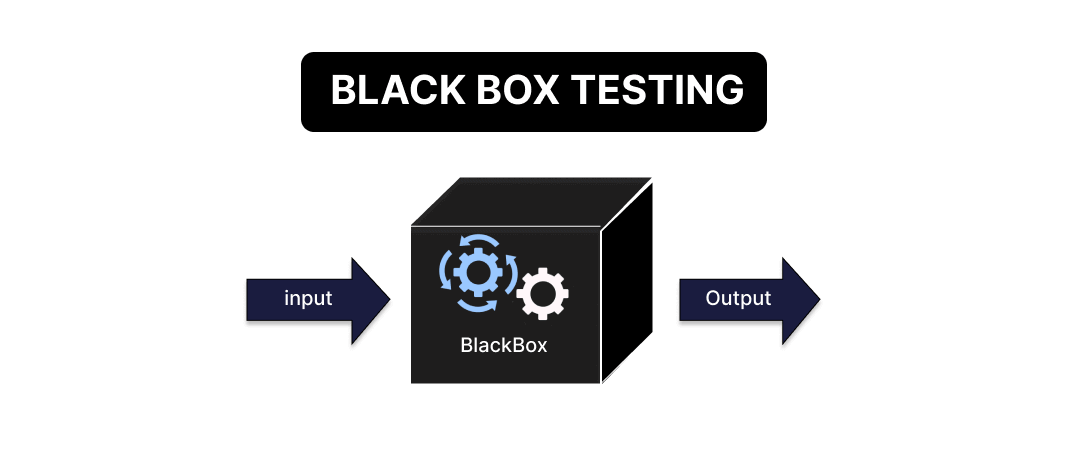A Deep Dive into Black Box Testing: Understanding its Intricacies and Importance
 softwarecosmos
softwarecosmosTable of contents

Black box testing is a critical component of the software development lifecycle. As its name suggests, this type of testing treats the software as a "black box," where the internal workings are completely hidden from the tester. Instead, the focus is on examining the functionality and outputs of the software based on given inputs, without any knowledge of the internal code structure. This approach is fundamental not only for ensuring the software behaves as expected under various conditions but also for validating user requirements and ensuring a seamless user experience.
What is Black Box Testing?
Definition and Core Concepts
Black box testing is a method where testers evaluate the functionality of an application without peering into its internal structures or workings. This form of testing is primarily input-driven and outputs are analyzed for correctness. Testers create inputs according to specified requirements and then observe if the output aligns with what is expected.
Key Characteristics
Independence from code: Testers do not need programming knowledge.
User-focused: Tests are based on user requirements and behavior.
Non-intrusive: Does not alter the program's internal structure.
This testing method is advantageous in that it simulates real-world usage, as testers do not need to know how the software was implemented to check if it meets the requirements. This mirrors how end-users will interact with the application.
Types of Black Box Testing
Functional Testing
This involves checking the software against the functional requirements specified by the client. It ensures that the application is behaving as expected according to what was documented in the requirements phase.
Non-functional Testing
Here, the testing is not about what the software does, but how it performs under various conditions. Non-functional testing includes:
Performance Testing: How does the application perform under significant load?
Usability Testing: Is the application user-friendly and intuitive?
Security Testing: Is the application secure against potential threats?
Regression Testing
Whenever changes are made in the software, regression testing ensures that the new changes have not adversely affected existing functionalities of the application.
How to Implement Black Box Testing
Step-by-Step Guide
Understanding Requirements: The first step is to thoroughly understand the requirements of the software. What is the software supposed to do? What are the expected outputs for given inputs?
Creating Test Cases: Based on the understanding of the requirements, create test cases that cover all the functionalities of the application.
Executing Test Cases: Run the tests and compare the actual outputs against the expected outputs.
Reporting: Document the outcomes of the test cases, including any failures or unexpected behaviors.
Tools Used
Several tools can facilitate black box testing. Some of these include:
Selenium: For automated web testing.
QTP (QuickTest Professional): A popular tool for functional and regression testing.
LoadRunner: Used primarily for performance testing.
Best Practices in Black Box Testing
Comprehensive Test Cases: Ensure that test cases cover all possible inputs (both valid and invalid).
Regular Updates: Keep test cases updated with every change in software requirements.
Automate When Possible: Use automation tools to speed up the testing process, especially for regression testing.
Challenges in Black Box Testing
While black box testing is highly effective, it comes with its own set of challenges:
Limited Coverage: Since testers cannot see the internal workings of the application, some paths might remain untested.
Misinterpretation: There is a risk of misunderstanding requirements, leading to gaps in testing.
Dependency: This testing is heavily dependent on the accuracy of the requirements provided.
Conclusion
Black box testing plays a pivotal role in the software development and maintenance phases. It ensures that the application not only meets the written requirements but also provides a user-friendly and robust solution for the end-users. By following best practices and overcoming the challenges, testers can effectively use this method to deliver quality software. In today's fast-evolving tech landscape, mastering black box testing is more crucial than ever, ensuring applications are not just functional but also resilient and user-centric.
Subscribe to my newsletter
Read articles from softwarecosmos directly inside your inbox. Subscribe to the newsletter, and don't miss out.
Written by

softwarecosmos
softwarecosmos
I love software, AI and Coding